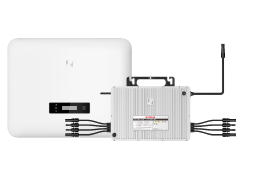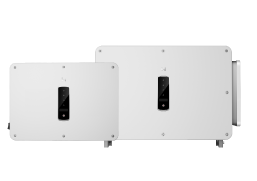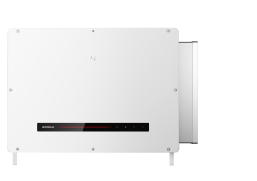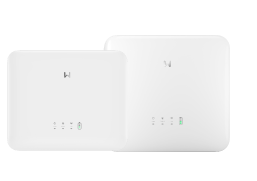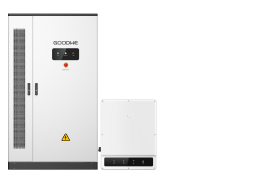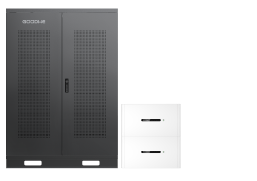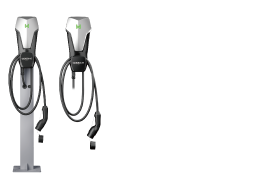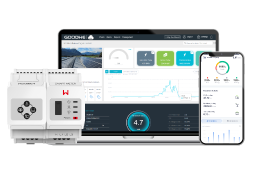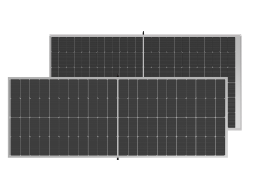This website uses cookies
Through these cookies we collect information about your visit on our website. Respect for your privacy is central to our policy. Detailed information about our privacy and cookie policy can be found in the enclosed sections. In order to proceed now, we ask your permission that you agree with our conditions. Thanks in advance for your cooperation.
Global
 Language
Language
India's Pollution Challenge Strengthens the Case for Solar Power

A capture from 4MW Project site Lemzon Granito in Gujarat, India
According to Air Quality Life Index (AQLI) “India is today the world’s second most polluted country. Air pollution shortens the average Indian life expectancy by 6.3 years, relative to what it would be if the World Health Organization (WHO) guideline was met; 3.4 years relative to what it would be if pollution were reduced to meet the country’s own national standard. Some areas of India fare much worse than average, with air pollution shortening lives by more than 10 years in Delhi and its surrounding region.”
Those dreadful numbers are a crisis that all stakeholders are grappling with in India. Be it the central government that is making key policy changes to ensure long term sustainability, or the immediate measures we see in the form of the Graded Response Action Plan (GRAP) in the NCR region, the worst affected part of the country. But people have no illusions on the issue. The pollution issue is a virtually national challenge, and requires a national response.
Ironically, the same pollution that is actually reducing solar generation today by reducing solar irradiance due to smog, can actually be banished faster if solar energy is taken up more holistically as part of the solution. The particulate matter in the air reduces the reach of direct sunlight on solar panels and deposit build-up on panels also reduces power generation capacity.
However, even as we tackle the challenge of pollution at source, be it the seasonal farm fires, vehicular pollution or even dust, a concerted effort towards solar energy can achieve wonders. Solutions based on electricity generated using solar power generated locally is an obvious case for study.
The use of solar energy systems can replace generation of energy from other fossil fuels and limits air pollutants like carbon dioxide, sulfur, nitrogen oxides etc. Solar technologies provide energy without any direct emissions and hence, can help reduce air pollution and improve air quality. The massive drive to electrify transportation for instance, would be even cleaner and greener if the vehicles were to be charged using solar power, as is being seen in other markets like the US and Australia. A higher share of solar will reduce the need for thermal power to lower baseload levels, leading to the need for only the most efficient thermal plants.
With the sharp drop in solar costs over the past decade, solar is no longer an option that needs government subsidies. It is interesting that it is the positives accruing from a faster roll out is the reason it still attracts government support in many regions today. Solar equipment available today is both high quality and backed by quality service, with projects lasting up to 30 years.
GoodWe is one such organisation which is committed to the solar future and provides integrated solutions for the future of smart energy that allows for smarter and more efficient energy systems. The company has an extensive product portfolio of Solar Inverters ranging from 0.7KW to 250 KW for Residential, Commercial, Industrial & Utility-Scale Applications. With a global market, the firm’s products are run through some of the toughest quality checks before making it to any market, including India.
If we take up real case scenarios and study local Projects in India installed by GoodWe, we can see considerable decrease in the carbon emissions facilitated by these plants. Be it the 4MW utility Project cases in Gujarat or big ground mounted Solar Project with Goodwe-HT-250KW*10 inverters commissioned at Century Plyboard Industries Ltd. With cutting edge technology and an extensive list of features, the HT series offers more yield, increased reliability, lower O&M costs, increased safety, and remote monitoring, making solar projects highly reliable. These outstanding set of features were conceived to ensure the lowest levelized cost of energy (LCOE) and a utility that runs efficiently.All these Solar Projects sprinting at a fast pace are changing the face of ‘new energy’ transition.
About GoodWe
GoodWe is a world-leading PV inverter and energy storage solutions manufacturer and is listed as a public limited company on the Shanghai Stock Exchange (Stock Code: 688390). With an accumulative delivery of more than two million inverters and installation of 35 GW in more than 100 countries and regions, GoodWe solar inverters have been used in residential and commercial rooftops, industrial and utility scale systems and range from 0.7kW to 250kW. GoodWe has more than 4,000 employees situated in over 20 different countries and is regarded as the Global Top 3 storage inverter supplier by Wood Mackenzie in 2021. For more information, please visit goodwe.com.
Connect with us:
NEWSLETTER
Get industrial insights and GoodWe news here.
GoodWe Technologies Co., Ltd.
GoodWe Technologies Co., Ltd. Data Protection Declaration












